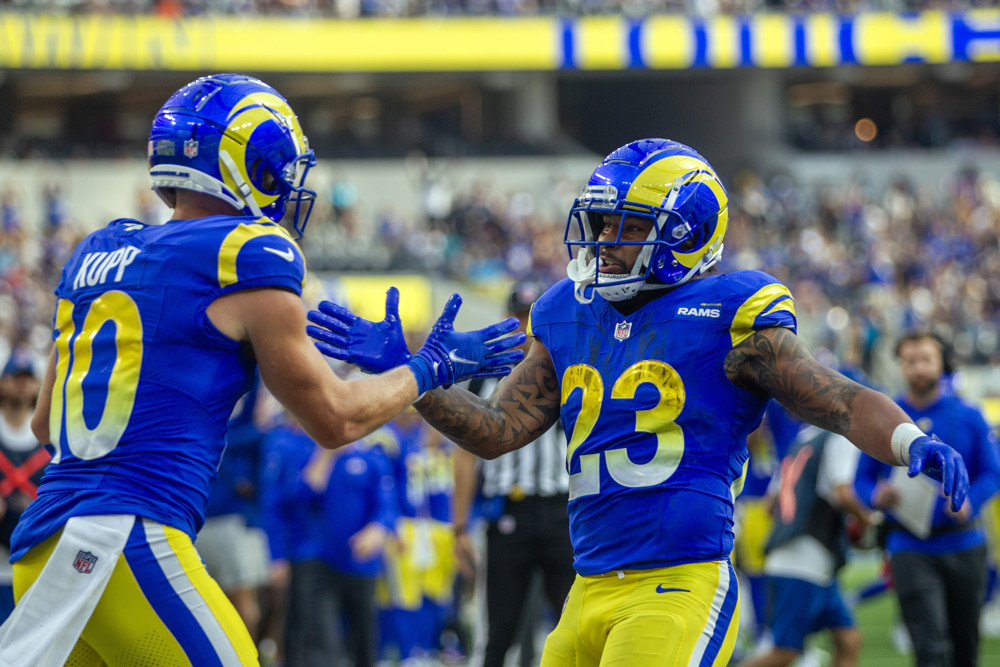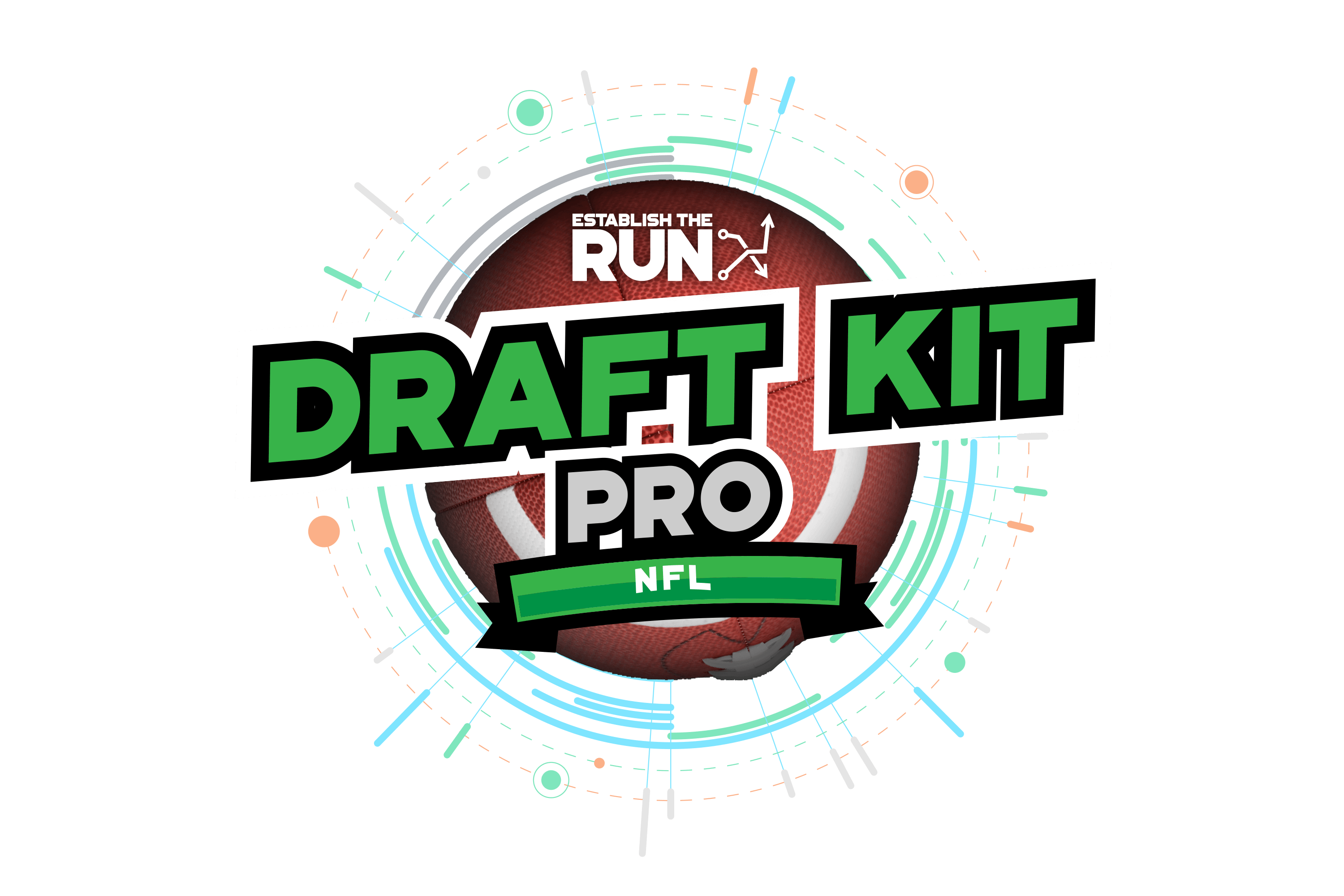Last year, I combed through the Best Ball Mania III data and wrote my Best Ball Mania Manifesto. It was an attempt to hone in on what strategies worked or didn’t work and why, to help us play the game better moving forward. More specifically, the manifesto set out “to figure out what drives success in the best ball playoffs so that we can more strategically find the balance between high regular-season advance rates and optimally-built playoff teams”.
I combined traditional regular-season advance data based on roster construction, stacking characteristics, and ADP value and married that by looking at playoff data in a similar light. One of the obstacles in doing so was the limited sample size of playoff data (just three weeks with ever-dwindling teams each week).
To get around this issue in a non-perfect but directionally accurate way, I took the subset of all teams that advanced out of the regular season and pretended that any week (1-17) could have been a playoff week. Using thresholds (i.e., a top 1/16 score on a given week to estimate what it would take to win a semifinals if it occurred during that week), I was able to expand the sample size and better pin down what impacted the ability to win a theoretical playoff week, whether it was the quarterfinals, semifinals, or finals.
This season, I decided to redo my analysis with the Best Ball Mania IV data while applying the current Best Ball Mania V payout and advancement structure. Some of this analysis is the exact same as in last year’s manifesto, but I also have expanded in a few areas where I felt it was necessary. Still, I highly recommend reading at least the introduction from last year’s manifesto before reading this article to better understand my process.
One important change to the process: Last year, I treated the finals as a “win” (taking first place and the grand prize) or a “loss” (averaging the remaining payouts) when performing estimated EV (Expected Value) calculations. This season, I am treating a finals “win” as any top-20 finish (averaging the top 20 payouts) and a “loss” as any non top-20 finish (averaging those remaining payouts) when performing estimated EV calculations.
There are better ways to do this, but I chose the path of simplicity. With flatter payout structures leaving everyone inside the top 20 in the finals with a six-figure payout, I felt it made sense to look at that threshold in addition to what it takes to win the grand prize (shout-out Sam Sherman for the idea). The data is a little less sensitive to small changes and quirky as a result, given that the base win rate for finishing first is just 0.19% (1/539) but increases to 3.7% (20/539) when expanding that to the top 20.
I’ll still show how strategies changed the odds of having a Top 1 out of 539 finish in a given week (mimicking a Finals grand prize victory), but it does not impact any estimated expected values that you see.
Part 1: Stacking
Approaching The Playoffs
This year, I want to start with stacking. It’s such a hot topic, and there is a lot of discussion around it with Underdog eliminating regular-season payouts and making the Week 17 payouts much flatter.
What week is most important?
We've launched a new NFL Best Ball product
Best Ball is a draft-only format. No trades, no waivers, and no setting lineups. Our Best Ball team includes a mix of the most successful players and highly-regarded fantasy analysts: Adam Levitan, Justin Herzig, Evan Silva, Mike Leone, and more.
This product is designed to go well beyond our industry-leading rankings, including ADP, Late-Round Targets, Players to Scroll for, Projected Ownership, Market Movement Reports and more.
Click below to learn more about what’s inside our NFL Premium Best Ball subscription.
Best Ball Product Details » Already a subscriber? Log In


